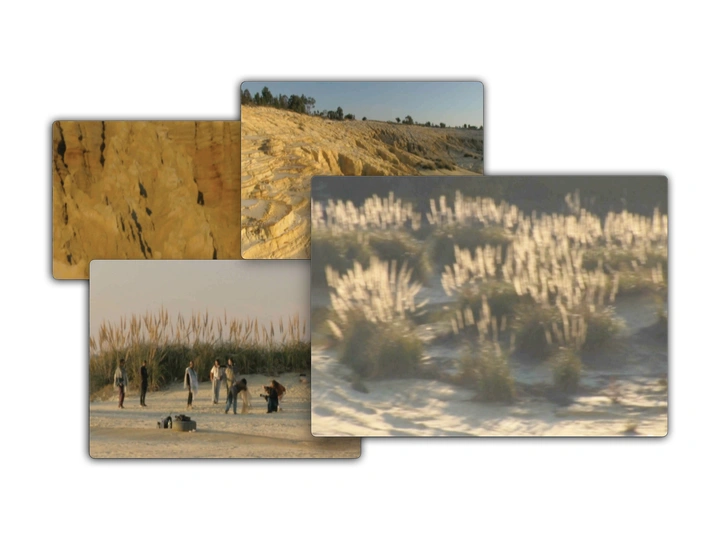Residual Grounds: A Visual Essay on Soweto

Nilra Zoraloglu is an architect and researcher based in Berlin. Her work explores how landscapes shaped by extraction and displacement hold memory and trace. Rooted in post-extractive material practices, she treats terrain as both ground and text, a medium through which suppressed histories surface and new forms of care might emerge. Her current project investigates the mining dumps of Soweto through archival study, moving image, and 3D scanning, revealing their ecological and cultural significance.
This proposal is a visual video essay that investigates the mining dumps that ring and define Soweto, Johannesburg. These vast, artificial landforms, remnants of colonial-era gold extraction, continue to affect air quality, health, and spatial development in one of South Africa’s most iconic urban communities.
Using a mix of archival research, site documentation, cartography, and 3D scans collected in 2025, the work reframes these “waste” landscapes as living monuments of extraction, displacement, and environmental injustice. The film reveals how these mounds are both physical scars and cultural terrains, spaces of toxicity, memory, and potential re-use.
Framed through the lens of post-extractive material practices, which critically examine how material residues of extraction shape ecological and social landscapes, this project asks: How do we live with what extraction leaves behind? And what forms of care, reparation, or spatial storytelling can emerge from damaged land?
The video essay is intended as a research and public engagement tool, with the flexibility to be expanded into workshops, installations, or educational formats. It brings a Global South perspective into broader European conversations on climate colonialism, spatial justice, and regenerative futures.